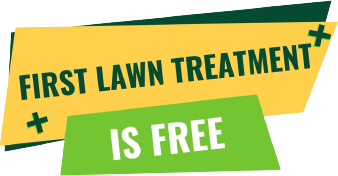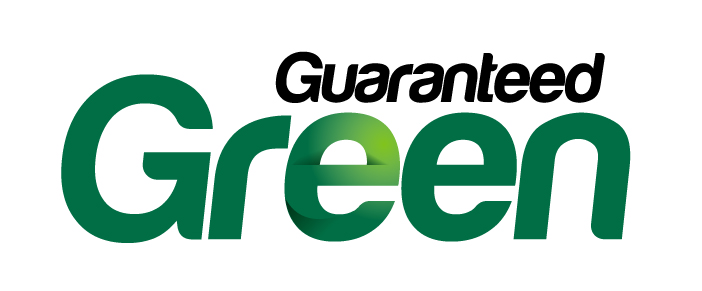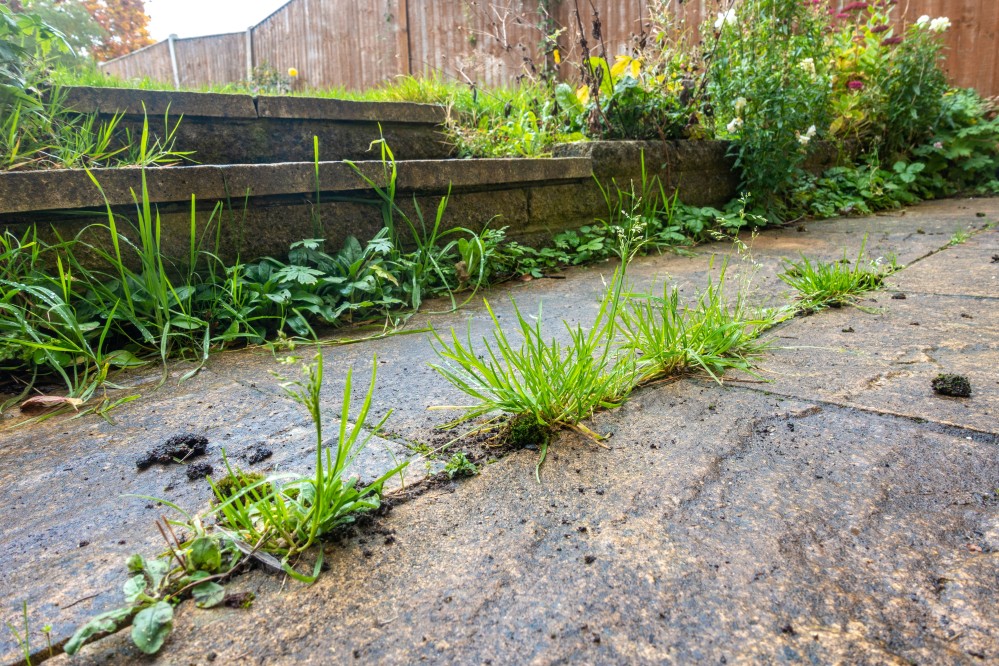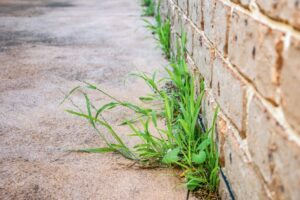A well-maintained lawn involves hard work, time, and money. For this reason, many homeowners are always on the lookout for anything undesirable infesting or growing on their lawns. Crabgrass is among these things that can attack your yard. While it has some benefits, many people hate to see it on their lawn. Under the right circumstances, this plant can serve a useful purpose, however, usually it is not. Thus, most homeowners quickly take effective steps to eliminate it.
Crabgrass is a type of grass that is considered a weed in the United States. It is native to tropical and warm areas, but can also be found in subtropical climates such as here in Atlanta, as well as in cooler regions. It invades desirable grasses like Bermuda and outgrows them if not removed right away.
Even though it is low-growing (meaning, the lower stems branch out and diverge across the ground), it can grow up to 2 feet long if not mowed or pulled out. So having such grass appearing in different spots can indeed make your well-manicured lawn look terrible!
On the other hand, its rapid growth and ability to thrive even in poor soil types and conditions make it a great summer forage grass. So if you own a farm, cows, sheep, and goats can graze on the crabgrass. And that means, the more it grows, the better for your animals.
What Causes Crabgrass In Lawn?
There are several things that can make you end up with an overgrowth of this weed in your lawn. These include:
• Bare Spots
Crabgrass does exemplary well in places that show bare soil and receive enough sunlight. You’ll mainly spot it in the driveway edges, sidewalks, and tree lawns.
So if your lawn is bare, thinned, or weakened, allowing plenty of sunlight, this creates perfect conditions for crabgrass seed to germinate.
• Soil Condition In Your Yard
Gardens in areas with saline soils are at high risk of crabgrass. That is because this grass thrives in salty soil and other poor soil conditions, such as sandy or compacted soil.
• Mowing Short
It’s always best to mow your lawn to the recommended height to avoid problems with crabgrass and other weeds. Research suggests that mowing too short can promote the growth of crabgrass. That’s because short, thin grass allows sunlight to penetrate through, supporting the growth of crabgrass.
• Frequent Watering
If crabgrass seeds are present in your soil and you water them daily, you’ll help them germinate and sprout quickly. This is why gardeners are advised to only water two times a week and provide just enough water.
• Suitable Weather Conditions
Some years have more favorable weather for this grassy weed to germinate and thrive. Crabgrass does well mostly during rainy spring and summer.
The seeds start germinating from early spring, or even late winter in some areas, when soil temperatures exceed 55°F for 4 or 5 days in a row. Considering that each crabgrass plant can produce up to 150 thousand seeds, the infestation might spread quickly in your yard.
Why Is Crabgrass Bad?
People don’t like crabgrass because it looks ugly, and no one likes an unsightly lawn. This is not a turfgrass type, it grows most of the year, and can overpower other grass types in the yard, especially during summer.
Your lawn grass usually experiences vigorous growth in the fall and spring. During summer, its growth slows down, can become semi-dormant, or even dormant. But the crabgrass thrives in summer conditions, meaning that it can grow rapidly and dominate over the lawn.
It is considered an opportunistic plant, and it mainly grows in bare or thin spots. But it can also overgrow and weaken good grasses. This is often caused when you mow the lawn too short, but also due to grass diseases, insects and other pest activity. Also, crabgrass dies during the winter whenever severe frost occurs. It turns brown, looking even more ugly.
Should You Pull Out Crabgrass And Will Lawn Grass Grow Back After Removing Crabgrass?
Pulling crabgrass is an effective way of removing it from your lawn. For that, you can use your hands or a weed-pulling tool.
However, it would be best to keep certain things in mind when pulling to prevent crabgrass from growing back. For instance, it’s recommended that you pull only when the crabgrass is young. This way, you’ll have fewer holes for the weed seeds to fill and regrow.
A mature crabgrass plant has forked seed heads that contain many tiny seeds. If a new opening is created in the soil, these seeds can easily scatter and develop into crabgrass. For mature crabgrass, it’s better to wait until it dies during the winter season.
However, since patience may not be everyone’s virtue, follow the tips below to get rid of crabgrass as soon as possible.
How To Remove Crabgrass Without Killing Lawn Grass?
Use A Crabgrass Weed Killer
Your best weapon to fight crabgrass is to use a pre-emergent herbicide for crabgrass prevention. Apply it during the spring before the seed sprouts. This weed killer creates a chemical barrier at the soil’s surface. Thus, the crabgrass plant consumes the chemicals and dies when the seeds are germinating.
If you don’t have a big problem, apply your weed killer one application per season. However, you may need frequent applications if dealing with an overgrowth of crabgrass.
However, when the crabgrass is actively growing in your lawn, then selective, post-emergent herbicides are designed to kill this weed. They will also leave your lawn grass intact.
Use Fertilizers
Fertilization is an excellent preventative measure as it ensures a healthy and strong lawn while reducing the possibility of weed infestation. Apply organic fertilizers to help rejuvenate your lawn during summer and keep it protected in the winter.
Another tip is to avoid watering your lawn frequently to prevent crabgrass seeds from sprouting. Water your lawn deeply but occasionally to establish the root system. Again, don’t mow too short. Remember to keep the blades tall and lush to prevent crabgrass from taking over.
If you need high-quality, affordable, year-round lawn care and weed control services in Metro Atlanta area, get in touch with our expert team at Guaranteed Green. Our lawn weed control and fertilizer program can put a stop to crabgrass and other pesky weeds before they have a chance to ruin your yard. So call us today to find out more!





